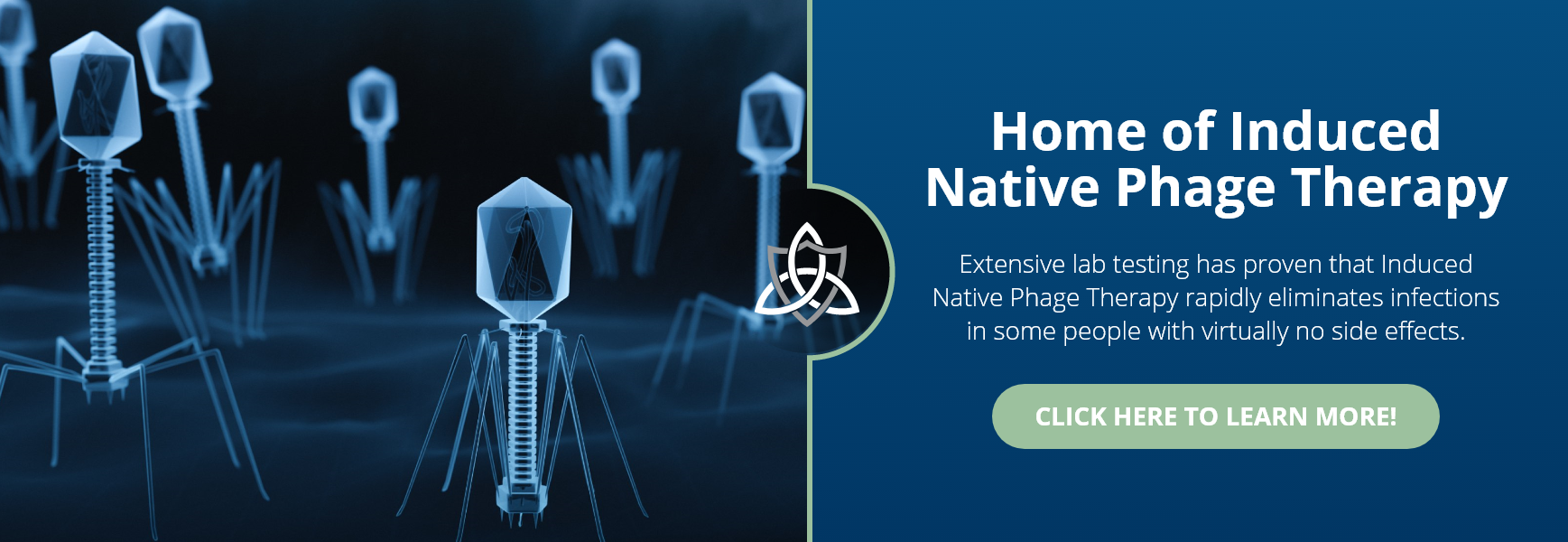What is Ehlers-Danlos syndrome?
Ehlers-danlos syndrome, or EDS, is an accumulation of inherited disorders that affect the skin, joints, blood vessel walls, and other connective tissues that provide strength and elasticity to the body’s underlying structures. Due to their weakened connective tissues and inability to produce collagen efficiently, people with EDS often struggle with fragile, stretchy skin, overly flexible joints, and in more severe, vascular cases, an increased risk of rupturing within the blood vessels, intestines, or uterus.
There are 13 major types of EDS including classic, classic-like, cardiac-valvular, vascular, hypermobile, arthrochalasia, dermatosparaxis, kyphoscoliotic, brittle cornea, spondylodysplasia, musculo contractural, myopathic, and periodontal. Each type affects different areas of the body, however all people with EDS experience an unusually large range of motion in the joints, regardless of their EDS type.
How is Ehlers-Danlos syndrome typically diagnosed?
Many medical doctors believe that most EDS cases are solely the result of genetics and therefore maintain that the condition can only be managed, never healed. For this reason, the presence of loose joints, fragile or stretchy skin, and a family history of Ehlers-Danlos syndrome can be enough for medical doctors to make a diagnosis. They may use genetic testing, skin biopsies, and echocardiograms to show abnormalities and rule out other conditions.
In reality, EDS is caused by generational predispositions and acquired metabolic disturbances, including a deficiency of copper-dependent enzymes. While genetics play a role, the presence of EDS genes should not make finding a successful treatment plan impossible. As you likely didn’t always manifest your EDS symptoms, something must have changed within your body’s chemistry to bring them to light. That something, or multiple somethings, must be identified in order to allow the body to heal itself.
During our two-week program, our doctors will be able to get to know you and your body’s specific needs during daily, hour-long treatment windows, making it possible to find the root causes of your body’s issues and create a specific treatment plan that is compatible with your body’s unique make-up. Using our innovative in-house testing and treatment options, we can successfully identify and address a vast array of metabolic disturbances, as well as pinpoint exact areas within your genetic code that are experiencing interferences. Our doctors can then assist in enabling the body to create the enzymes necessary to produce collagen and associated tissues. As a result, we can often discover long-term improvements that go beyond simply managing your symptoms! We cannot make any promises, however our goal is to use only safe and effective treatments in such a way that achieves never-before-seen results. Request your patient packet now to learn more about our approach!
What are the symptoms of Ehlers-Danlos syndrome?
EDS symptoms are wide-ranging and vary from patient-to-patient. Furthermore, the condition manifests differently depending on the type present within each patient. At the Biologix Center, we recognize that our patients’ symptoms are very real, which is why we commit to using everything available to us to promote true healing. We will never, under any circumstances, dismiss you or your symptoms. We are here for you!
Loose Joints
Hypermobility is common among all types of EDS. Loose joints easily move beyond the normal range of expected motion. Pain in the knees, fingers, hips, and elbows may also be present.
Elastic Skin
Most patients with EDS would describe their skin as having a loose, stretchy, velvety feeling to the touch.
Fragile Skin
People struggling with EDS often have very delicate skin that bruises and scars easily. After injury, it may take quite some time for their skin to heal, and their scars may appear to form abnormally.
Excess Eyelid Skin
Since our eyes are primarily made of collagen, EDS can lead to ocular complications, most often in redundant skin folds on the eyelids.
Muscle Pain & Fatigue
Musculoskeletal pain and fatigue is common in EDS cases. Patients describe the feeling as being similar to holding onto something heavy long enough that their muscles feel weak and shaky.
Benign Growths
Some patients may notice small, fleshy, skin growths called “molluscoid pseudotumors” or hard, round, movable lumps under the skin called “calcified spheroids.”
Heart Valve Problems
EDS can weaken the aorta, the heart’s largest artery, as well as other arteries and blood vessels. Some types of EDS, particular Ehlers-Danlos syndrome, vascular type, put patients at serious risk of potentially fatal ruptures within major blood vessels.
Chronic Degenerative Joint Disease
Patients may experience pain, stiffness, limited range of motion, loss of flexibility, swelling, weakness, deformed joints, and damaged cartilage.
Premature Osteoarthritis
No matter their age, many patients experience osteoarthritis, most commonly in their hands, knees, hips, and spine.
Chronic Pain
Chronic pain is very commonly associated with EDS and severity may vary from patient to patient. It may be widespread or limited to one area of the body. Headaches, gastrointestinal discomfort, joint pain, muscle pain, and nerve pain can occur. Sometimes patients even have trouble holding a pen or pencil, because the act of holding tightly to something so thin is too painful to withstand.
Collapsed Lung
Patients with EDS may have an increased risk of a collapsed lung, particularly in people living with vascular EDS.
Common Characteristics
Some people with EDS share distinct facial features, particularly those with Ehlers-Danlos syndrome, vascular type. They may feature a thin nose, thin upper lip, prominent eyes, small earlobes, and pale, translucent skin.
Depression & Anxiety
Coping with persistent symptoms leaves many patients feeling hopeless, especially since the majority of medical doctors have yet to find long-lasting treatment methods. Reach out to a friend, family member, or counselor for extra support during your battle with Ehlers-Danlos Syndrome.
If you are suffering from any of these symptoms or any additional symptoms not listed here, please contact us! We want to work with you to see what can be done, beyond just managing your symptoms. Request your patient packet today!
How is Ehlers-Danlos syndrome typically treated?
Once a person is diagnosed with EDS, medical doctors typically suggest OTC and prescription drugs, depending on their patient’s most noticeable symptoms and their severity. They may also suggest surgery to repair damaged joints and physical therapy to rehabilitate those with joint and muscle instability. Though these measures may temporarily ease symptoms, they do not provide lasting relief and the prescribed drugs may actually be disruptive to other systems of the body.
How does the Biologix Center treat Ehlers-Danlos syndrome differently?
While the prevailing medical thought is to first and foremost mask any symptoms by prescribing antihistamines for sensitivities, sleep-aids for exhaustion, and pain relievers for pain, none of these drugs address the symptoms’ underlying causes. The Biologix Center uses precise, real-time testing and treatments, developed by Dr. David Jernigan, that directly target the multiple imbalances associated with every case of EDS, and in doing so, enable the body to naturally, and often rapidly, achieve lasting relief. The goal is to accomplish the long-term restoration of health without encouraging a dependence upon medications.
Using tests such as Biospectroscopic Emission Sequence Testing (BEST), developed at the Biologix Center over 20 years ago by Dr. David A. Jernigan, D.C., we can eliminate much of the guesswork in doctoring. Unlike conventional blood tests that produce merely a snapshot of a patient’s blood on the day it was drawn, our constantly evolving technologies provide far more insight into the root causes of a patient’s symptoms, as well as treatment options that are tested for compatibility and effectiveness with each patient’s unique body, before even beginning treatment!
Once we have determined your symptoms’ root causes, your doctor might utilize the following treatment methods:
- Facilitate the restoration of copper and iron by identifying and eliminating interferences. Load copper onto the copper-transport molecule, ceruloplasmin.
- Correct metabolic pathways of copper-dependent enzymes.
- Facilitate the restoration of biophoton regulation of metabolic processes.
- Release global fascia restrictions.
- Eliminate accumulated environmental and endogenous toxins, such as toxic accumulations of iron in the tissues and glyphosate.
- Assess and facilitate the body’s correction of metabolic processes, such as HEme metabolism and mast cell/histamine/proinflammatory issues.
- Optimize dietary issues and gut microbiome imbalances.
- Eliminate EMF interference in genetic/epigenetic expression.
- Correct brain-wave patterns and synchronize the brain and the heart to co-regulate biological processes.
- Adjust all musculoskeletal and neuro-muscular imbalances.
Every system of the body is interconnected and interdependent, meaning that each system must be precisely addressed in order for the body to achieve optimal health. Health care delivery is often a minimalistic approach. It is far easier to prescribe a painkiller or antibiotic than to provide the maximum applied effort needed to truly restore the optimum form and function of the body. The Biologix Center’s approach is for those who truly desire to be well, not just feel well from drug-induced illusions of health. The best of every healing method and testing is brought to your unique case, in one-on-one, hour-long treatment sessions with the doctor treating you.
If you’d like more information on becoming a patient at the Biologix Center, please request your patient into packet now!
“The ideal doctor is not a specialist in diseases, but one who understands disease, yet specializes in restoring what is most optimum. From there, the body can often heal itself.” – Dr. David Jernigan, D.C.
Want to learn more about our unique, all-inclusive clinical program?
Jumpstart your body’s ability to fight chronic disease with our intensive, one-week clinical program offering the most thorough diagnostic assessments and comprehensive treatment methods available today!
Develop a personal relationship with your doctor as he or she applies the best of every healing technique we have to offer to your unique case in multiple, one-on-one treatment sessions.
Our initiative has resulted in thousands of success stories and we look forward to adding yours!




